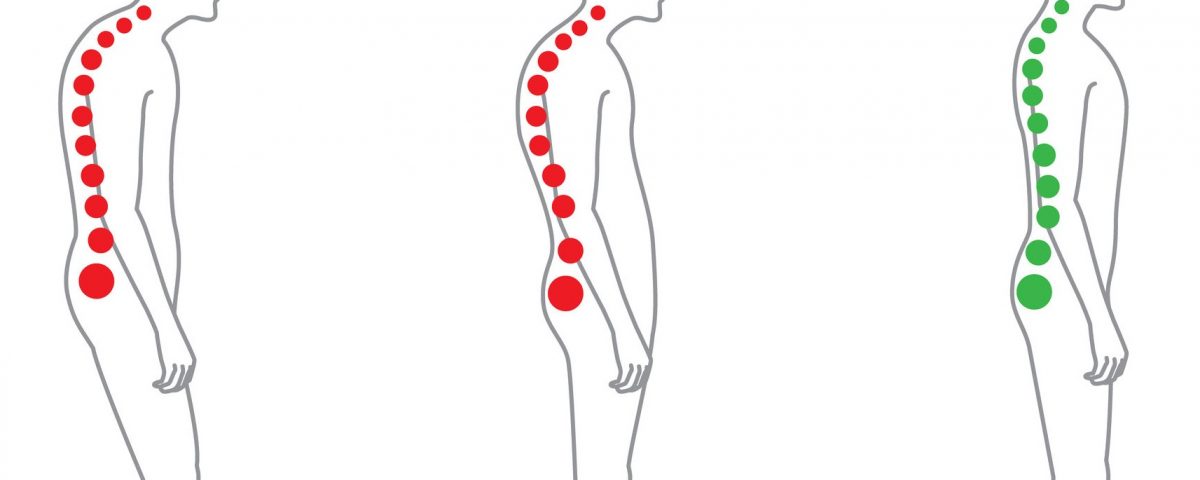If you haven’t noticed, from the waist on up, the majority of our body mass including our internal organs and fatty tissues are located towards the front of our body. Also, throughout our day we are consistently engaged in activities that are in front of our body as well. Examples of these activities include lifting/carrying objects, playing a piano, typing on a computer, writing a paper, reading a book, or participating in a board game. The list is endless. Due to the activities we participate in daily and the natural weight distribution of our bodies, gravity has a tendency to pull us forward. Overtime, our posture can worsen.
Not only does having good posture make you appear more confident and look younger, it also prevents, reverses, or slows down the progression of many orthopaedic conditions including but not limited to shoulder impingement syndrome, biceps tendonitis, cervical arthritis, cervical disc degeneration, and migraines related to muscle imbalances around the neck.
The good news is that by improving awareness of your posture throughout the day and participating in practices to mitigate poor posture, you can improve your posture over time. Below I have listed 5 healthy habits and tips that you can adopt to better improve your posture, decrease any maladaptive posture related pain, feel younger, healthier, and more confident.
- Stand Against A Wall: Find times within your day to check in with your posture to see how your Alignment is against a wall. Find a wall around your home and place your back against the wall with your feet a few inches in front of the wall. Keeping your arms straight place your hands and forearms against the wall and your squeeze your shoulder blades back. The backs of your shoulders should touch the wall as well. However, depending on your posture, it may be difficult to achieve right away. Just try your best to bring the backs of your shoulders towards the wall.
- Perform Scap Squeezes: “Scap Squeezes” are the name for an exercise that involves bringing your shoulder blades closer together by activating your middle trapezius and rhomboid muscles. This exercise can be used to strengthen these muscles and improve your overall posture.
- Set a Reminder via an Alarm or Buzzer : A good way to be consistent with training your posture is to be aware of it more often. One way to do this is by setting a reminder in the form of a buzzer or alarm. When the buzzer or alarm goes off, it will remind you to check in with your posture and adjust your positioning accordingly.
- Ergonomic Work Set Up : Whether you are working at home or sitting at a desk in the office, it is very important to ensure that your ergonomic setup is up to par to better assist you in maintaining good posture. When designing an appropriate ergonomic work set up, you should make sure to have a chair that provides adequate support for your lower and mid back. When sitting, your feet should be able to rest flat on the floor, the back of your knees should be situated at least 2 inches way from the seat to avoid compression of the tissues and blood supply behind your knees, and your bottom/low back should be placed nice and snug along the back rest to allow a 90 deg hip angle. From your bottom up, your spine should be aligned nicely along the backrest, which is why having a backrest that is supportive and upright as tolerated is important.
- Participate in Yoga Postures : The practice of Yoga has many benefits for your mind and body. One benefit among many is that yoga poses can help improve your overall postural alignment.
